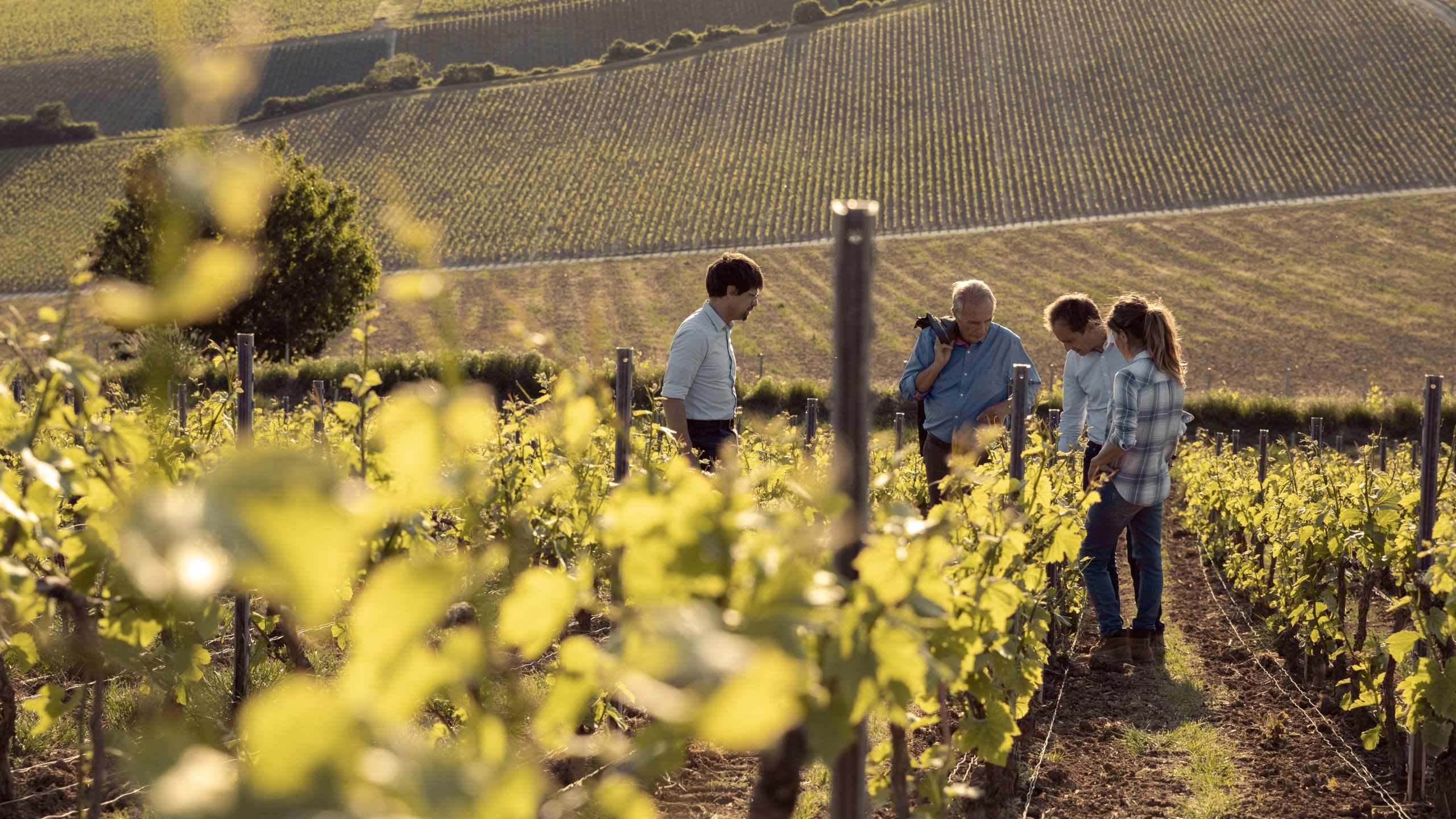Lidl leads growth as supermarkets sales increase
Lidl has lead growth of the supermarket sector, buoyed by sales of white wine and rosé, according to the latest figures from Kantar Worldpanel, despite the poor weather in August.
The discounter saw growth of 19.2% in the 12 weeks to 10 September 2017, boosting its market share by 0.7 percentage points to 5.3% (making it level with Waitrose again), with sales ahead of Aldi, up 15.6%.
Head of retail and consumer insight at Kantar Worldpanel Fraser McKevitt pointed out that collectively the two discounters accounted for nearly £1 in every £8 spent in Britain’s supermarkets, an increase from only £1 in £25 ten years ago, and there was no sign of a slowdown in momentum.
“In the past three months almost 63% of shoppers visited one of the two retailers, up from a level of 58.5% last year,” he said.
Meanwhile, overall supermarket sales rose 3.6%, the sixth consecutive period in which sales rose by more than 3% – sustained growth that hasn’t been seen since May 2013, McKevitt pointed out. This was boosted by a 1.5% increase in the volume of goods going through the tills as well as higher prices.
“Like-for-like grocery inflation now stands at 3.2%, slightly ahead of the headline CPI rate and down 0.1 percentage points on last month,” McKevitt said. This was a slight softening on last month, and grocery inflation is still expected to lower, provided Sterling remains stable.
Partner Content
“The average British household spends almost £4,200 in the grocers each year so a fall in inflation, which we expect to see as we approach the end of the year, will be a welcome relief,” he said.
Tesco continued to see growth, rising 2.7% as it entrenched its resurgence, despite its market share dipping by 0.3 percentage points to 27.8%, and Morrisons’ recovery was also still on track. Volume sales rose and premium own label growth was up 38% year-on-year, by far the best performance in the market.
Asda has recorded positive stats, attracting around 482,000 more shoppers than a year ago, while the average spend was the highest of any of the grocers. Meanwhile, although Sainsbury’s also saw average sales increase, its market share fell 0.2 percentage points, as it moved away from “temporary” promotions. “Only 35% of consumer spend is now on promoted items; this time last year the figure stood at 41%, which remains the average for the rest of the big four.” Kantar said.
The Co-op also saw a slight dip in market share, down 0.3 percentage points to 6.3%, after sales fell for the second month in row.




